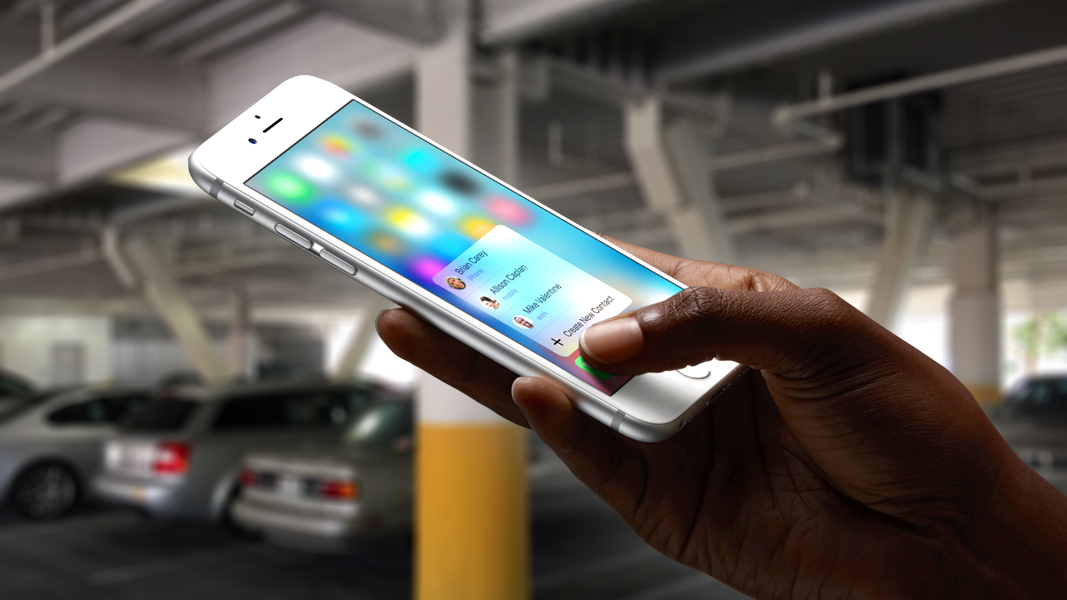Future iPhones could feature curved screens and touch-free iOS
Apple solution to rid us of fingerprint smudges?

Apple is reportedly in the early stages of development on two new (at least for Apple) technologies that could make their way into the iPhone in the next few years.
The first is said to be a curved display, and according to a report from Bloomberg, this iPhone from the future would “curve inward gradually from top to bottom”. Based on this info, we picture the design resembling that of the LG G Flex 2, not the Samsung Galaxy S9, though we have doubts that Apple would opt for plastic build materials as LG did in early 2015.
The company is also allegedly working to bring a touch-free interface to the iPhone that is said to allow users to navigate iOS just by gesturing with their hands above the phone.
There’s not much information to parse through, but this feature is eerily reminiscent of Air Gestures, Samsung’s innovative, albeit sloppily implemented feature in the Samsung Galaxy S4 back in 2014 (which it shoved to the back burner by the time the Samsung Galaxy S6 arrived) and also akin to what Microsoft demoed with its fascinating 3D Touch-like hover interface.

When can we expect these features?
If you’re itching to touch your future iPhone less and admire its curved display, there’s some bad news. We don’t really know if or when these features will be adopted. They most likely won’t appear in the iPhone X2 or maybe even its successor.
Adding touchless functionality, while undeniably cool, doesn’t seem to be the way forward when it comes to enriching the user experience. Previous efforts only showed how cumbersome touch-free interfaces were compared to using a touchscreen.
It doesn’t bode well that these are both well-trodden technologies on the Android side of the pool. But as we’ve seen before with Face ID, Apple has a history of cribbing innovative, yet poorly executed ideas that were exclusive to Android and honing them into a highlight fans become eager to adopt.
Sign up for breaking news, reviews, opinion, top tech deals, and more.
From an accessibility standpoint, it’s hard to say how this would impact people with disabilities. It may be a boon to some if the touch-free gestures were a more broad-stroke approach to navigating, though likely an added burden to others.
Via The Verge
- Here's what we know about iOS 12

Cameron is a writer at The Verge, focused on reviews, deals coverage, and news. He wrote for magazines and websites such as The Verge, TechRadar, Practical Photoshop, Polygon, Eater and Al Bawaba.